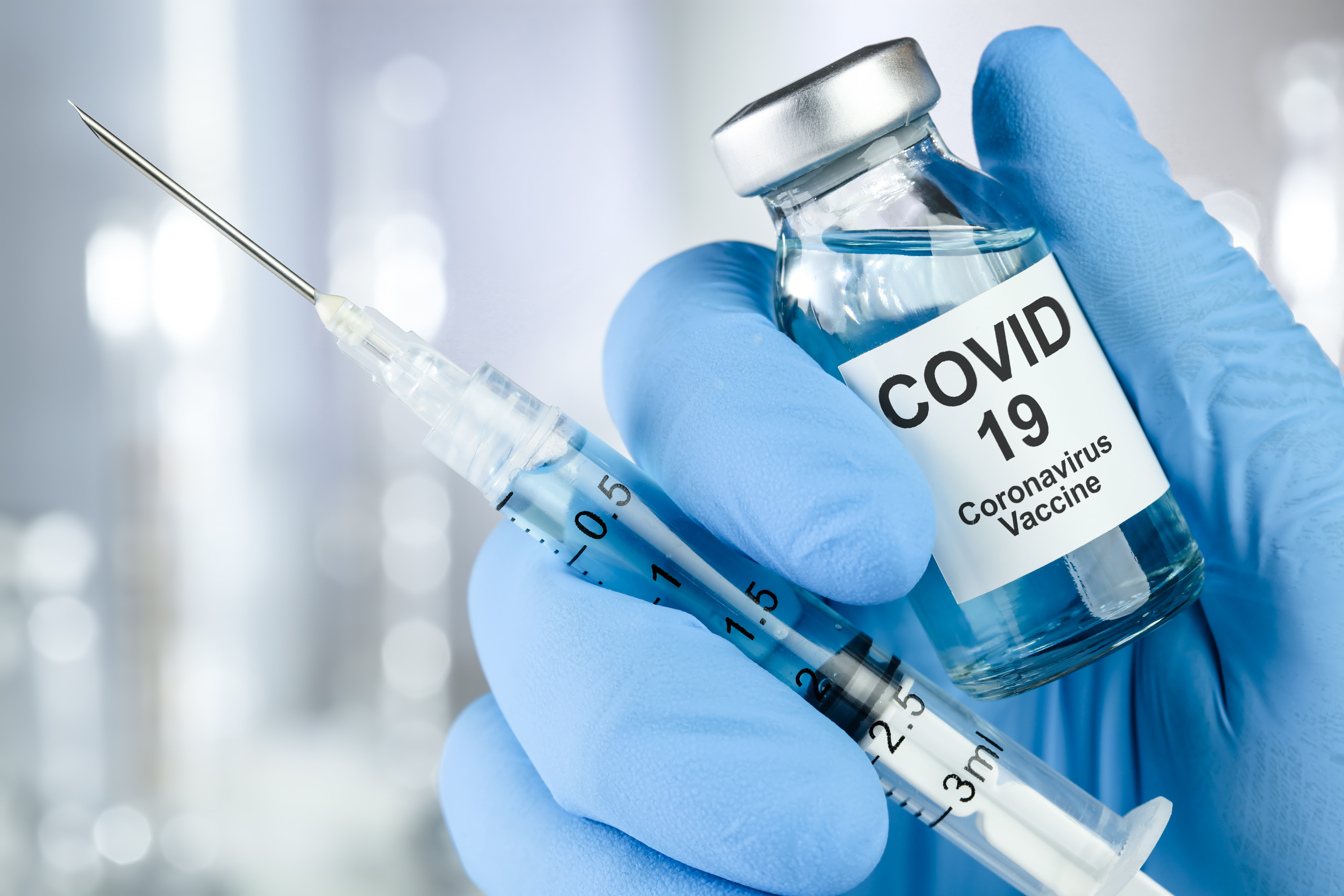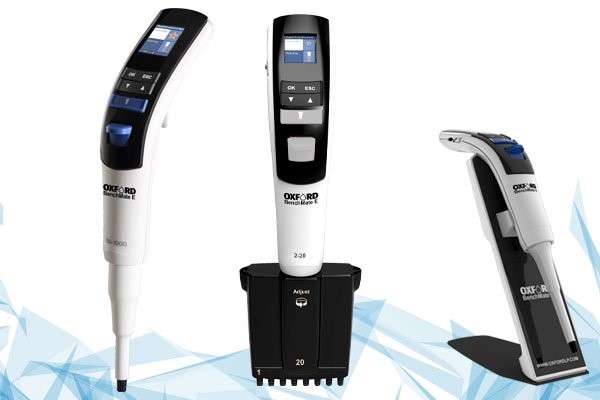The COVID-19 pandemic spurred several organizations and companies around the world to try and find a working vaccine candidate within a relatively short period of time. On November 9, 2020, Pfizer and BioNTech [Pfizer Press Release] announced their vaccine candidate had achieved a success rate of 90% in their first efficacy analysis.
What a Vaccine Candidate Is and Is Not
A vaccine candidate is not a cure. It is a potential vaccine. Typically, a vaccine candidate requires at least a few years of clinical trial phases to test efficacy and assess any risks.
Given the short timeframe of events in the COVID-19 pandemic, a push for fast tracking of vaccines has taken place in various parts of the world. The goal is to make a vaccine that prevents the disease COVID-19 from developing.
In the case of Pfizer/BioNTech, their vaccine candidate passed its first interim efficacy analysis by preventing COVID-19 development in participants with no evidence of prior SARS-CoV-2 infection. The study involved nearly 44,000 participants, a robust number, and no serious safety concerns were observed. As of this writing, additional safety and efficacy data is being collected.
According to Pfizer,
“The Phase 3 clinical trial of BNT162b2 began on July 27 and has enrolled 43,538 participants to date, 38,955 of whom have received a second dose of the vaccine candidate as of November 8, 2020. Approximately 42% of global participants and 30% of U.S. participants have racially and ethnically diverse backgrounds. The trial is continuing to enroll and is expected to continue through the final analysis when a total of 164 confirmed COVID-19 cases have accrued.” At the time of the news release, Pfizer declared that 94 of the nearly 44,000 participants became ill from COVID-19.
Once safety benchmarks are met, the companies plan to submit the vaccine for Emergency Use Authorization (EUA) to the U.S. Food and Drug Administration (FDA), with a slated timeline of late November 2020. The FDA had set a goal of 50% efficacy for vaccine candidates for emergency use. Clearly, 90% efficacy exceeded expectations.
The news was met with cautious jubilance, signaling the first workable vaccine (with adequate clinical trial phases) may be in the hands of medical professionals by 2021. Even as COVID-19 cases skyrocket in the U.S. and around the globe, there is hope. And this is only one of several potential vaccine candidates in the pipeline. Still, this is an early candidate.
Now for Some Caveats
This new vaccine candidate is not available for use yet. It is not known when it might become available for everyday citizens who are not healthcare workers or at elevated risk.
Experts cautioned that we still face an alarming period of time until such day arrives, and that measures to prevent COVID-19 spread must continue (mask wearing, social distancing, washing, etc.).
Thoughts on Industry Effects from COVID-19 Vaccine Candidates
According to the Regulatory Affairs Professionals Society (RAPS) COVID-19 vaccine tracker [RAPS Vaccine Tracker], two other vaccine candidates have been approved, without having entered Phase 3 clinical trials. Dozens of other candidates are being developed around the world.
When the FDA approves the usage of an efficacious vaccine for the public, does that mean work stops on all the others? Assuredly not. Efficacy is a must; affordability must also be paramount to help end the pandemic globally. The World Health Organization (WHO) created the COVAX initiative to address this need.
Essentially, the race for a vaccine is more of a marathon, not a sprint. Multiple vaccines necessitate multiple trials, and real-world vaccination, while not imminent, is hoped to arrive before long. The usual cautions apply: safety is paramount, and the entire infrastructure of development may seem labyrinthine on this grand scale.
Given Pfizer’s highly successful candidate and the broad work on other candidates, clearly we have entered an immunology golden age. It must also be postulated that non-COVID related discoveries may be made in the process as well.
It is entirely possible that new treatments for both communicable and non-communicable diseases will evolve during this unprecedented effort. The biotechnology and pharmaceutical industries stand on the cusp of saving more lives and decreasing morbidities for years to come. As such, every connection among the industry, from laboratory supplies to calibration services, software, and more will prove to be in greater demand than ever.
Beyond a golden age of immunology, a golden age of science may be upon us.
Sources:
Pfizer: PFIZER and BioNTech Announce Vaccine Candidate Against COVID-19 Achieved Success in First Interim Analysis from Phase 3 Study
Regulatory Affairs Professionals Society (RAPS): COVID-19 vaccine tracker
https://www.raps.org/news-and-articles/news-articles/2020/3/covid-19-vaccine-tracker
New York Times: Pfizer’s Covid Vaccine: 11 Things You Need to Know https://www.nytimes.com/2020/11/09/health/pfizer-covid-19-vaccine.html






